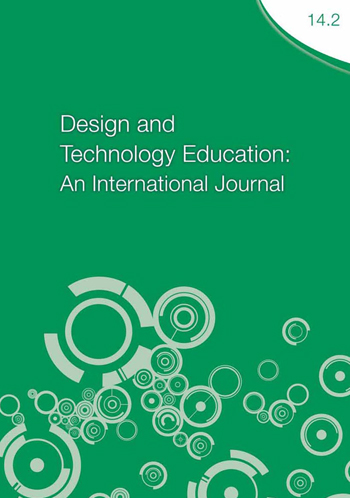Preferential Learning Styles as an Influencing Factor in Design Pedagogy
DOI:
https://doi.org/10.24377/DTEIJ.article2282Keywords:
Preferential Learning Style (PLS), Pedagogy, Strategy, DesignAbstract
Design is a discipline which involves many domains, skills and professions. Design practice in Technology education1 in the Irish second level (high school) context is not a representation of the professional realm of design. Design education in the Irish second level system is generally structured on a linear design process and associated assessment criteria. Both the linear process and assessment criteria are stifling creative design outcomes. In an attempt to improve design teaching and learning, and thus students design ability, consideration of students preferred mode of learning has been investigated. Educators have attempted to improve instruction through the influential adaptation of pedagogy intervention in the context of learning and cognitive styles of students (Cook 2008). This paper addresses the need for a strategic approach to design pedagogy to be established within the Irish second level education system, with reference to student’s preferential learning styles (PLS). The findings of the study identify the test cohort’s preferential learning styles. It also reveals significant differences in school types and contrary to initial hypotheses some surprising findings. The preferential learning styles will be one of the prime considerations in meeting the requirement of best practice design pedagogy, where there is a “compatibility of his or her learning style and the instructor’s teaching style” (Felder and Silverman, 1988, p.674).
Downloads
Downloads
Published
Issue
Section
License

This work is licensed under a Creative Commons Attribution 4.0 International License.
Authors who publish with this journal agree to the following terms:
Authors retain copyright and grant the journal right of first publication with the work simultaneously licensed under a Creative Commons Attribution License that allows others to share the work with an acknowledgement of the work's authorship and initial publication in this journal.
Authors are able to enter into separate, additional contractual arrangements for the non-exclusive distribution of the journal's published version of the work (e.g., post it to an institutional repository or publish it in a book), with an acknowledgement of its initial publication in this journal.


